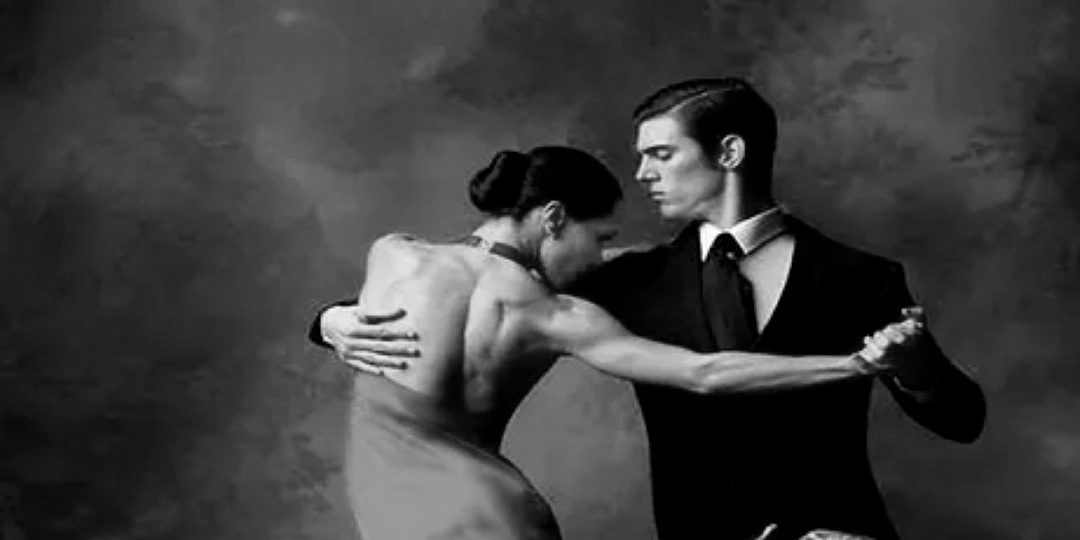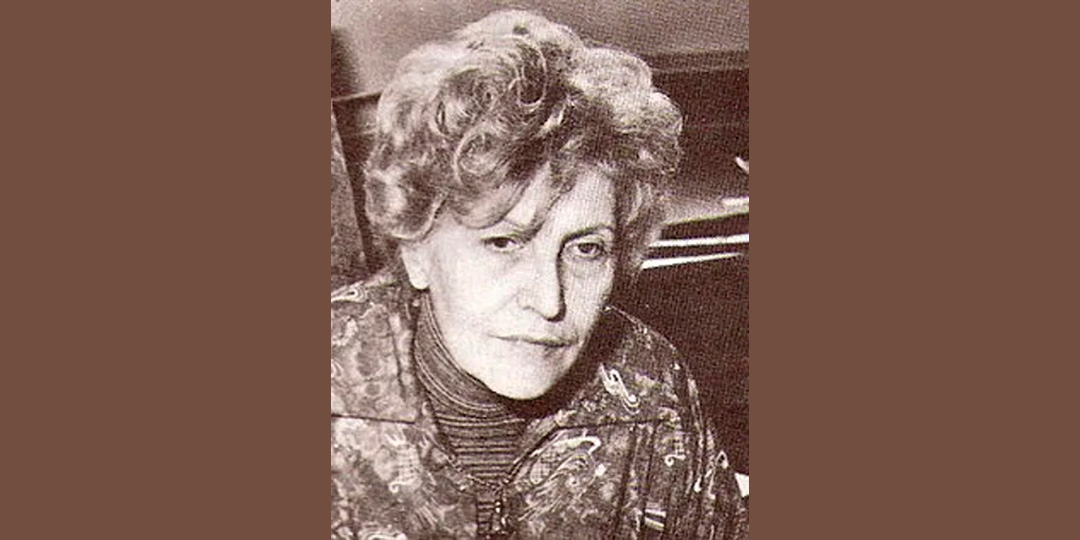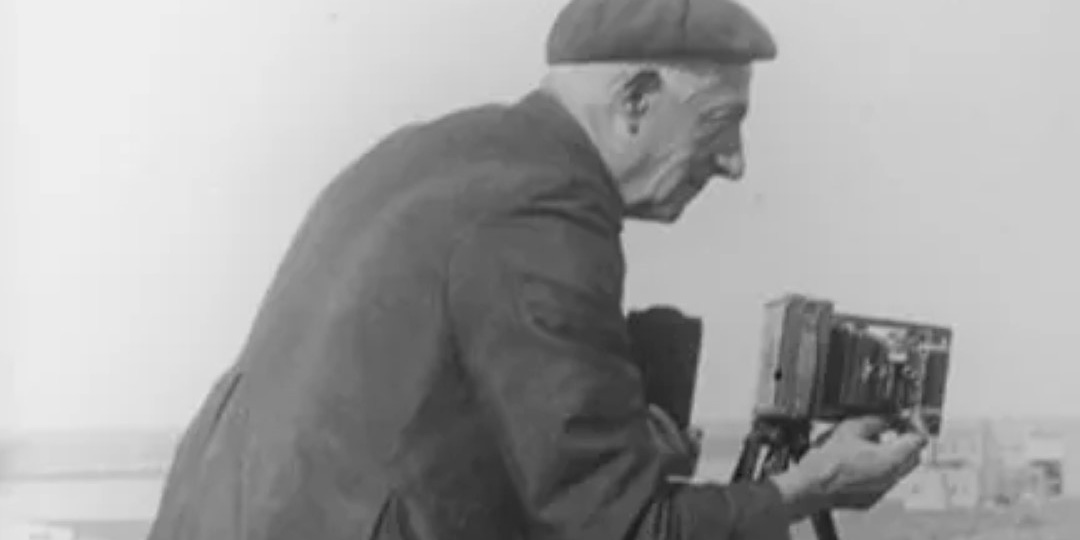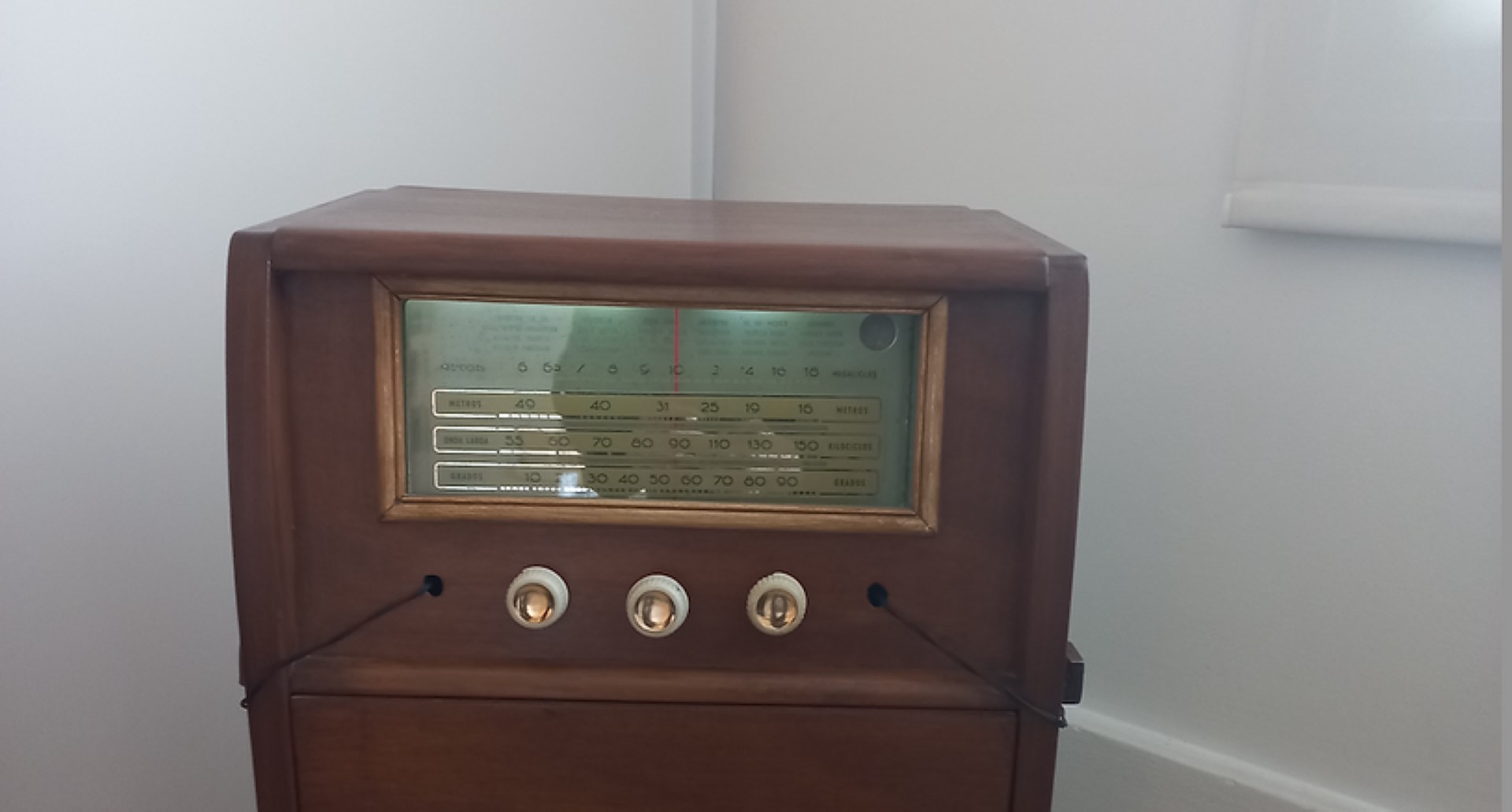Elementos de Base (headings and text)
H1 Encabezado
segunda línea
H2 Encabezado
segunda línea
H3 Encabezado
segunda línea
H4 Encabezado
segunda línea
H5 Encabezado
segunda línea
H6 Encabezado
segunda línea
Párrafo: “Lorem ipsum dolor sit amet, consectetur adipiscing elit, sed do eiusmod tempor incididunt ut labore et dolore magna aliqua. Ut enim ad minim veniam, quis nostrud exercitation ullamco laboris nisi ut aliquip ex ea commodo consequat. Duis aute irure dolor in reprehenderit in voluptate velit esse cillum dolore eu fugiat nulla pariatur. Excepteur sint occaecat cupidatat non proident, sunt in culpa qui officia deserunt mollit anim id est laborum.”
Query básica
-
Stop 1: Monument to Giuseppe Garibaldi in Plaza Italia

You are now standing in Plaza Italia in front of the monument to Giuseppe Garibaldi. This monument was inaugurated in 1904 in honor of Giuseppe Garibaldi, a leading figure of the Italian Risorgimento that led to the unification of the country in 1861. Garibaldi had also helped the liberal republican movement in the 1840s in…
-
Tango and Lunfardo: The Italian Influence on Argentine Music

By Mirta Roncagalli Tango, a musical genre and dance born in the Río de la Plata, has a strong Italian influence. Not only were many musicians, composers and singers of Italian ancestry, but the contribution of this culture can also be seen in the language, topics, style, and dissemination of the tango itself. An example…
-
Syria Poletti Film Biography

A short documentary created by the Museo de la Inmigración in Buenos Aires about children’s author Syria Poletti (1919-1991). Born and educated in Italy, Poletti immigrated to Argentina in 1939. Her work focuses on the difficulties faced by Italian immigrants, seen through the eyes of children. Syria Poletti (1919-1991) was born in Pieve di Cadore,…
-
Alberto Maria de Agostini Film Biography

A short documentary created by the Museo de la Inmigración in Buenos Aires that focuses on Alberto María de Agostini. He was an Italian missionary, mountaineer, ethnographer, and author in Tierra del Fuego and Patagonia. Alberto Maria de Agostini (1883 – 1960) was a missionary and member the Salesians of Don Bosco order. He was…
-
Fainá: Italian Influence on Argentine Cuisine

by Mirta Roncagalli A much-loved plate in the region of Río de la Plata is “El Fainá” or “La Fainá”. In Uruguay, it is known under the masculine name and in Argentina, it takes the feminine one. In Uruguay, its story dates to August 27, 1915, when “Los Guidos”, two Italian brothers, arrived in Montevideo…
-
Food and Community in Italian Buenos Aires

by Mirta Roncagalli Food is a central aspects of Italian culture. Important social and identity practices have developed over the centuries and around cuisin, both in Italy and in those lands where Italians emigrated. Amongst Italians in Buenos Aires, food products and gastronomic habits have moved beyond the private sphere and they have influenced the…
-
The trunk of a Jewish-Italian Couple

This trunk is part of the exhibit For all the men of the world (Para todos los hombres del mundo) at the Museo de la Inmigración in Buenos Aires, a title drawn from the preamble to the Argentine Constitution.
-
Radio, Niní Marshall and Immigration

Tucked away in a corner of the exhibit “For all the men in the world” we find an object that is striking for its size and functionality.
-
Exile and Writing
This typewriter belonged to the Spanish poet Rafael Alberti, who came in exile to Argentina as a result of the Spanish Civil War (1936-1939). Writing is a central aspect of migration. Migrants use it maintain connections with the land and the people they leave behind.
-
Italians in Argentina
¡Ciao! Italians in Argentina:a virtual exhibit “Argentina is very Italian” is something you often hear. But what does that mean? Italians were the largest group of immigrants in Argentina for more than a century, starting in the 1850s, making up 71% of all immigrants in the 1860s, and still 45% in the decade after 1900.…
Botones
-> Ahora vamos a poner unos botones de Generate Blocks. Estos están dentro de un pattern
Quote y Verso
Quote está también definido desde los CSS
“The foreigner is not only the other, we ourselves were or will be, yesterday or tomorrow, at the mercy of an uncertain destiny: each one of us is a potential foreigner.”
TZVETAN TODOROV
Esto es un verso o puede usarse como bajada. Lorem ipsum dolor sit amet. Et nobis esse ut autem atque nam odio ratione qui voluptatem voluptatem vel porro totam eos repellendus excepturi aut optio adipisci. In corrupti quod sed architecto numquam ea delectus totam et magni ullam.
Elementos con Clases personalizadas
-> Copete con caja, es un H5 con clase “copete-caja”, y le damos desde el editor los colores
